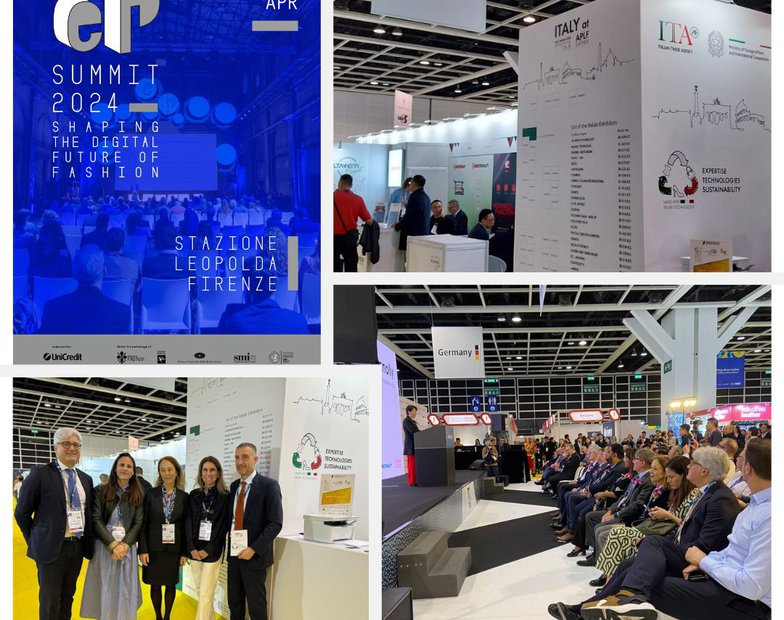The demand for relocation of footwear production from Asia to Spain is growing, say respondents from @PublicationsEdm, but the Iberian country lacks the capacity necessary to significantly increase production, while exports of Spanish-made shoes have returned to pre-pandemic levels. [How reshoring to Spain is being hampered by labor and capacity shortage – Shoe Intelligence]
“We are at full capacity and there is no more space to produce at the moment,” explains to Shoe Intelligence Imanol Martínez, the marketing and international business development director of the Spanish footwear association Fice, adding that “a lot of European and U.S. companies, that had moved production to Asia, are now looking to relocate in Southern Europe. In Portugal, the capacity situation is even worse.”
The main obstacle hindering Spanish shoemakers is a labor shortage, according to the companies surveyed by Shoe Intelligence. “We have seen especially U.S. companies coming to Spain to relocate production from Asia but the industry is facing a workforce shortage,” confirms Manuel Polo, founder of Maypol, a manufacturer located in the Murcia region.
According to Santiago Pons Quintana, head of the family run firm Pons Quintana, based in the Balearic island of Menorca, “there are many companies that are considering companies back to Europe, due to supply chain issues”. However, “Portugal is saturated. Spain is suffering from a great shortage of manpower and has some problems with raw material supply,” he said. He also suggested that Spain invest to increase its manufacturing capacity if it wants to satisfy demand.
Juan Manuel Perán, executive chairman of Pikolinos agrees that clients are looking to increase production in Spain, but the country needs a long-term plan to bolster capacity. Meanwhile the company, situated in Elche in the province of Alicante, is trying to expand its own production and is targeting €130 million in sales in 2023, up by about a third from the level achieved in the fiscal year that ended in April 2022.
The company’s production facility in the footwear cluster of Elche ”has reached its full capacity of 500,000 pairs per year. In Portugal and Morocco we are looking to slightly expand production. The rest of our facilities are in China, India or Vietnam,” Perán explains. The manufacturing sites outside of Spain belong to third parties.
“Companies that produce in Europe or in nearby countries are less impacted by inflation, that is due mainly to the transportation and logistic costs in Asia,” claims Jorge Hernández, the global sales manager of El Naturalista, a company based in La Rioja region focused on sustainably manufactured footwear, with facilities in Spain and Morocco. Hernández confirmed that in Spain many footwear manufacturers are seeking to open new facilities or to expand existing ones but are dealing with a workforce shortage.
Exports are above pre-pandemic levels
Despite the shortage of skilled labor and limited manufacturing capacity, Spanish exports have picked up and are above pre-Covid-19 levels. In the first half of 2022, footwear exports surged by 17 percent year-over-year to €1,433 million. Compared with the first half of 2019, exports were up by 5 percent.
“We are back to pre-pandemic levels but there is huge uncertainty. If there hadn’t been the war and inflationary pressures probably we would have enjoyed a real boom. Summer sales are good but there are fears for the economic perspectives. We are waiting and seeing for the winter collection. At the moment there haven’t been cancelations,” Fice’s Imanol Mártinez said referring to next year’s collections. About a hundred Spanish firms, representing 120 brands, attended Micam, the leading footwear trade show held in Milan from Sept. 18 to 20, to present their spring/summer 2023 collections. The Spanish presence was up by 45 percent compared with Micam’s previous edition in March.
Russia’s invasion of Ukraine on Feb. 24, and subsequent international sanctions against the aggressor, did not severely impact Spanish companies, because Russia was only the 10th largest foreign market for Spanish footwear. “The worst impact of the war are the macroeconomic consequences in Europe,” Mártinez adds. According to Hernández of El Naturalista, “uncertainty is capping potential sales. We have clients that wanted to increase orders for the summer season but they are still cautious.”
The rebound in exports is in line with the overall recovery in sales and many Spanish manufacturers interviewed expect to exceed 2019 levels this year. Pikolinos, El Naturalista and Yokono, a footwear specializing in sandals, all confirmed that the sales are going well and in line with their targets. Fran Calatayud, export and sales manager at Macarena Shoes, a brand owned by Laro, which is based in La Rioja region, pointed out that the “2022 collection went very well, back to pre-pandemic levels. We are now selling the 2023 summer collection and the growth trend is continuing. Despite the bad macroeconomic news, we are confident.”



